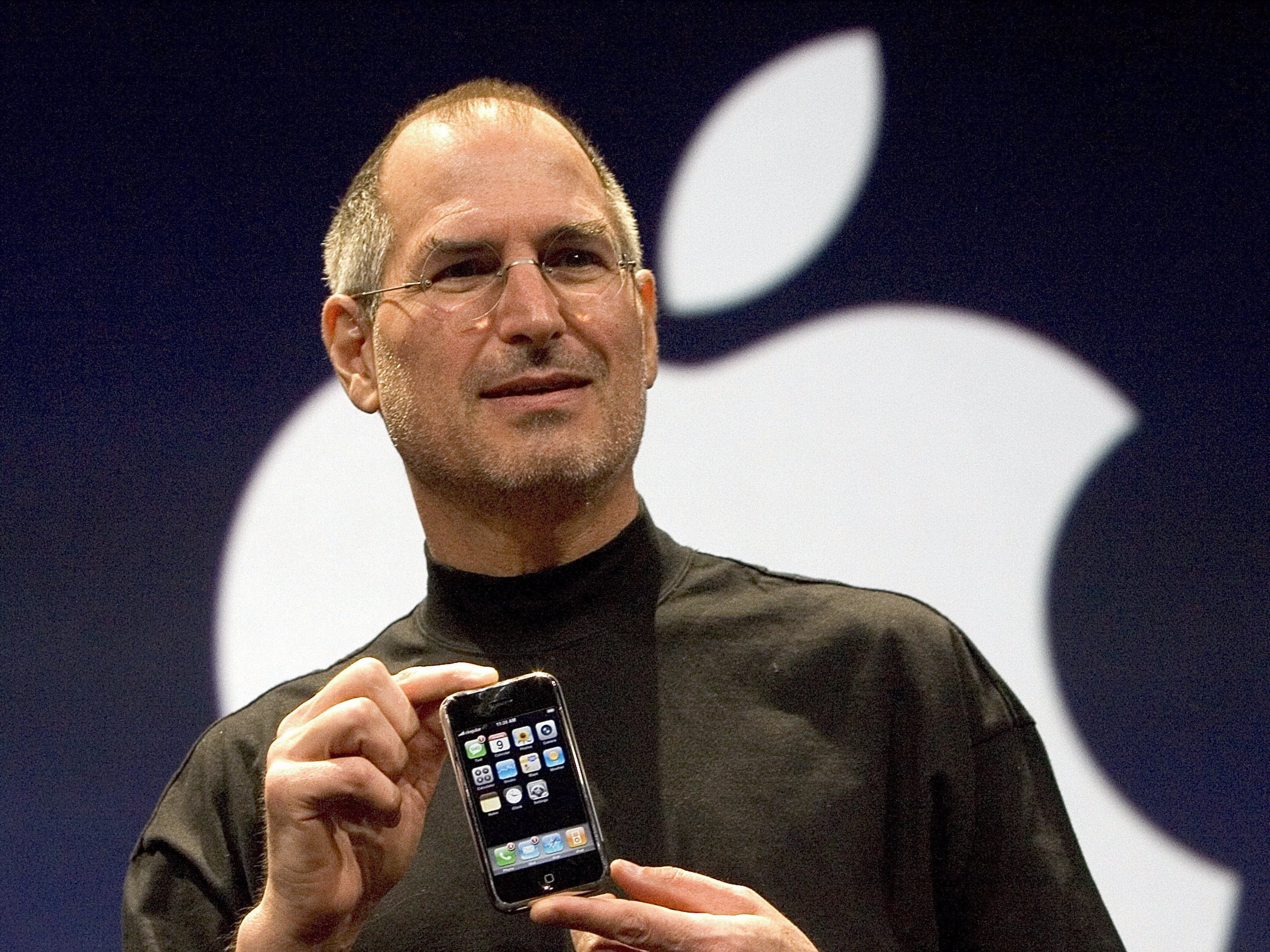4 Keys to Unleash Creativity

When you think of the word creativity, what image comes to mind? Perhaps Michelangelo’s David, The Beatles’ Eleanor Rigby, or Apple’s iPhone? We typically assume creativity is a natural talent, that only a small percentage of the population are fortunate enough to have received. We associate it with scientific breakthroughs, priceless works of art, and eye-catching product designs. But is creativity about an outcome or is it a way of thinking?
We all have the unique ability to imagine thoughts and to turn those thoughts into reality. It’s one of the primary characteristics of humans that distinguishes us from the rest of the animal kingdom. When we wake up in the morning and envision the possibilities for the day, we create a mental image of events that have yet to occur. When we contemplate how to build a better mouse trap, the images we generate in our minds of a simpler device is creativity at work. Creativity is the process of thinking that produces novel and practical approaches to solve problems. David, Eleanor Rigby, and the iPhone are the results of that process.
To be clear, creativity and innovation, while undoubtedly interconnected, are not the same thing. Innovation is the application of a creative thought to a defined output. It’s how organizations bring creative ideas to life. How one business takes creativity and turns that into a marketable service or product is unique to that company and, with high-performing organizations, those distinct processes are what sets them apart from others. Creativity, on the other hand is a common thread that crosses all organizations and the ability to create is not unique from one company to another, nor from one individual to another.
The most effective leaders spend more of their time and efforts on unleashing the creative genius of their people, rather than on the innovative process. A well-defined and articulated innovation strategy will take care of itself. It’s in the time that your people spend in the creative thought process that adds the most value to your organization. In fact, creativity is considered the most critical leadership competency for the successful enterprise of the future, according to an IBM survey of 1,500 CEOs across the globe. The study found that most chief executives believe that instilling “creativity” throughout their organizations will be the single most important driver in leading through the growing complexity and velocity in the future business environment.
Yet the decision to spend time in creation is not something that can be forced upon anyone. It’s a choice that only the individual can make. What great leaders do is adapt an organizational culture and environment that releases the creative spirit throughout their respective enterprises. Some of the more common approaches that leaders in creativity take:
They focus on strengths, rather than weaknesses. According to a study by Gallup, when there is a strong focus on developing people’s strengths, employees are more than five times as likely to be engaged. And as we increase engagement levels, creativity levels are naturally augmented.
They simplify their operations, by creating leaner organizational structures and eliminating low-value processes and procedures. One of the core contributors to the scarcity of human capital is the demand for human attention, and those that capitalize on the limited scope of attention that employees can give today will be more effective at creating solutions and adding long-term value.
They build trust by empowering their people. A culture of empowerment grabs the attention of your employees because it taps into their innate desire to take responsibility for achieving goals and objectives. Employees want to create more for leaders they trust, especially when those leaders show trust in them.
They recognize (and reward) their people for their creative input. When leaders recognize the creative efforts of their people they build trust and engender even higher levels of creativity. This is true even if it the creative process doesn’t produce any discernible value to the business. Nothing is more depleting to the creative spirit than to work exceptionally hard on a concept for the betterment of the organization, only to find that you receive no recognition for your efforts.


















